Data Update 6 for 2025: From Macro to Micro - The Hurdle Rate Question!
Musings on Markets
FEBRUARY 8, 2025
The Hurdle Rate - Intuition and Uses You don't need to complete a corporate finance or valuation class to encounter hurdle rates in practice, usually taking the form of costs of equity and capital, but taking a finance class both deepens the acquaintance and ruins it. Corporate Default Risk , i.e,

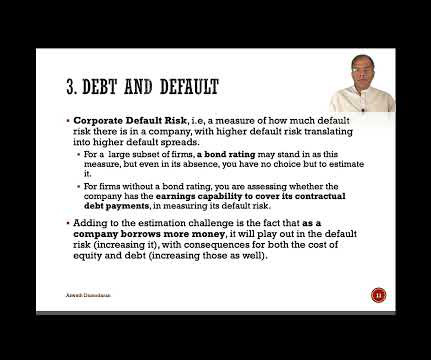
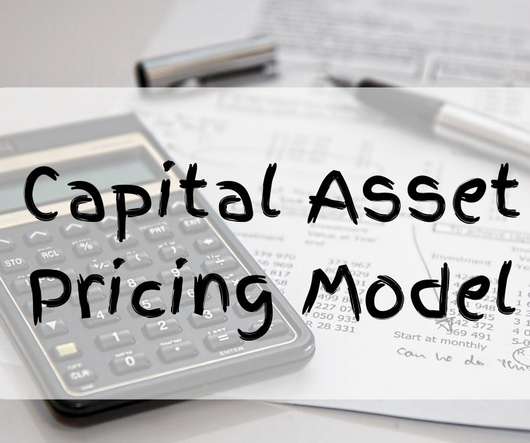
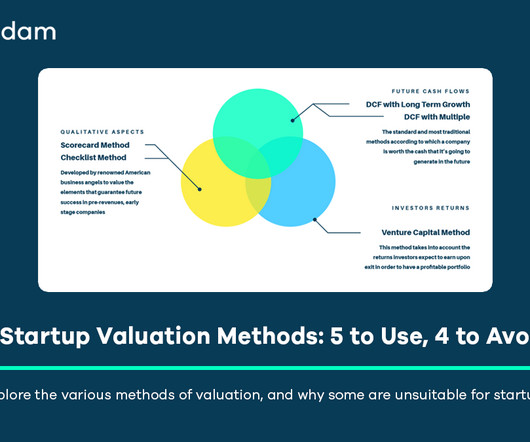

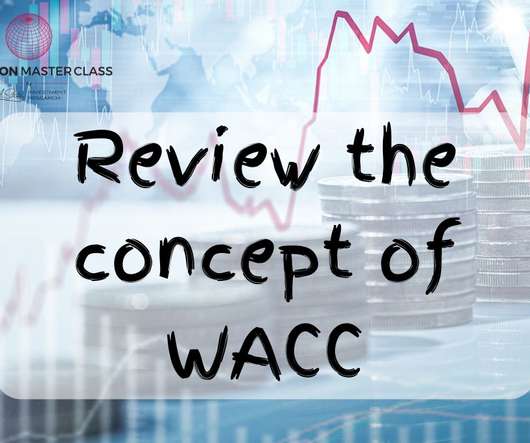
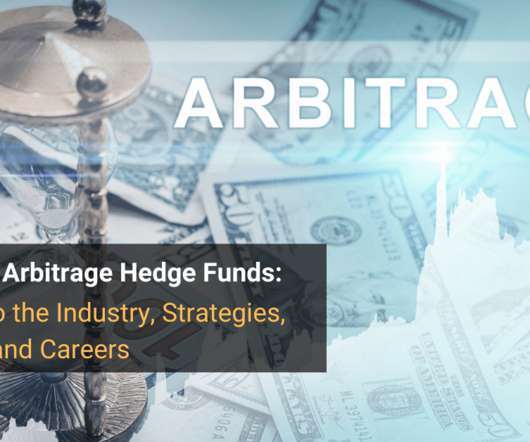
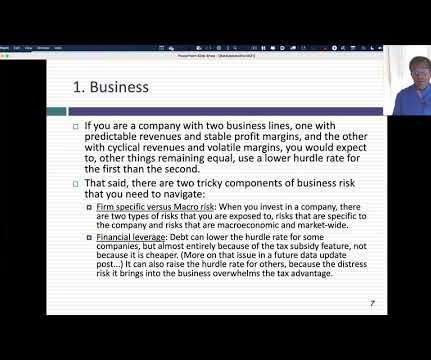
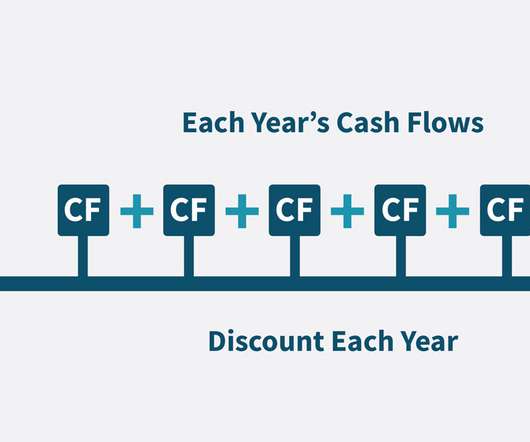
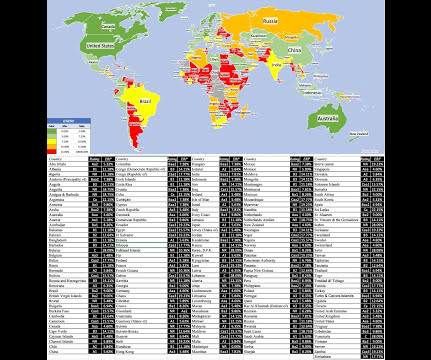
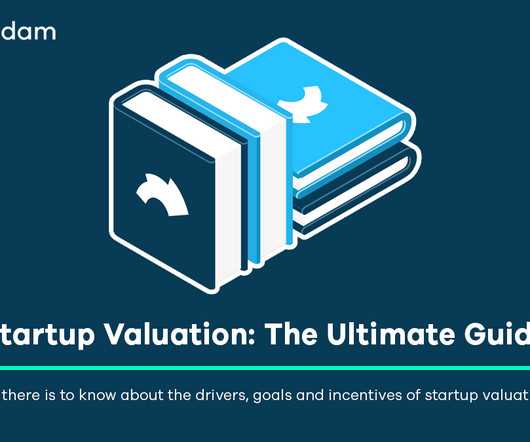






Let's personalize your content